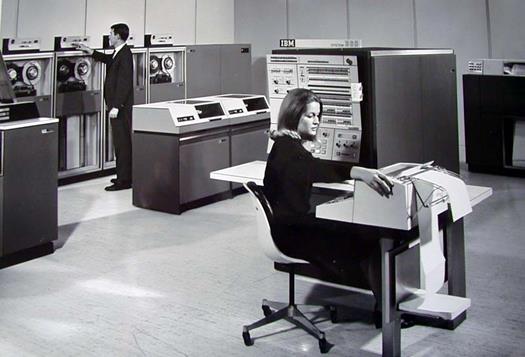
Exhibit 10.1 The IBM 360 (Photo courtesy of
IBM).
“We called this project ‘You bet your company’.” — Bob Evans,
IBM.
One of the greatest feats
in the design of computer systems dates back to the mainframe age, at a time
when computers were created incompatible. Upgrading to a new computer in the
early ’60s, meant you needed to redevelop all software, rewrite all programmes.
There were, at that time, too many different computers requiring different
supporting programmes and different peripheral equipment. IBM’s own business
divisions produced a “wildly disorganized” array of offerings, as CEO Thomas J.
Watson Jr. recalled in his autobiography, Father, Son & Co.
It took a “$5,000,000,000 Gamble,” as Fortune
called it, to change the status quo. In addition to the investment risk, gigantic
by 1960 standards, the IBM 360 (refer Exhibit 10.1) posed major structural risks. It would
disrupt every facet of the computer industry. All of IBM’s existing computers
and peripherals would become obsolete overnight. IBM’s head count would grow by
50%. The company, which was essentially an assembler of computer components,
and a business service organization, would open five new plants and become the
world’s largest maker of integrated circuits. Bob Evans, the chairman of the
committee that conceived of the IBM 360, said: “We called this project ‘You bet
your company’.”
System 360 was launched on 7 April 1964 as a
single compatible line consisting of six computers and 44 peripherals. Besides
displacing all existing models, it opened up new fields of computer
applications, and served both business and scientific applications. For the
first time, all input, output and other peripheral equipment had standard
interfaces. For the first time if you bought a new computer you did not need to
rewrite your programmes.
The gamble paid off — IBM transformed the world of
computing establishing a new global standard. System 360 gave Big Blue a
competitive advantage in computer systems that prevailed for decades.
IBM computers that are better known today include Deep
Blue which beat Garry Kasparov in 1997, and Watson which defeated champions in the Jeopardy! quiz show in 2011. Along with the IBM 360,
they exemplify the legacy of innovation at a corporation that topped the U.S.
patent list for nearly 30 consecutive years.